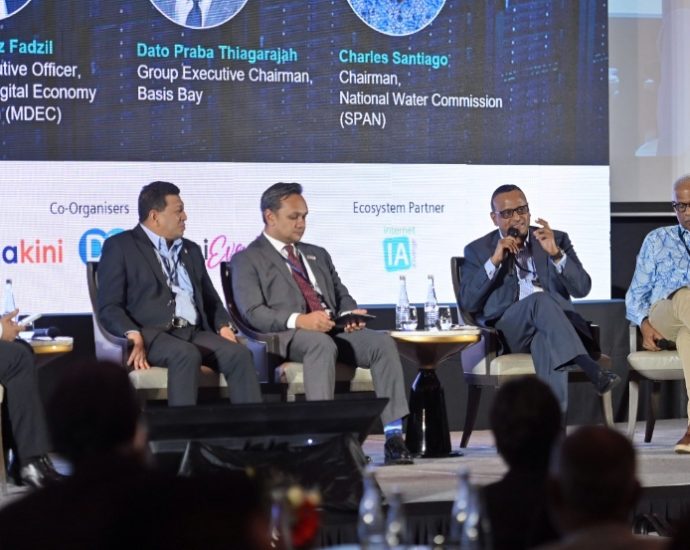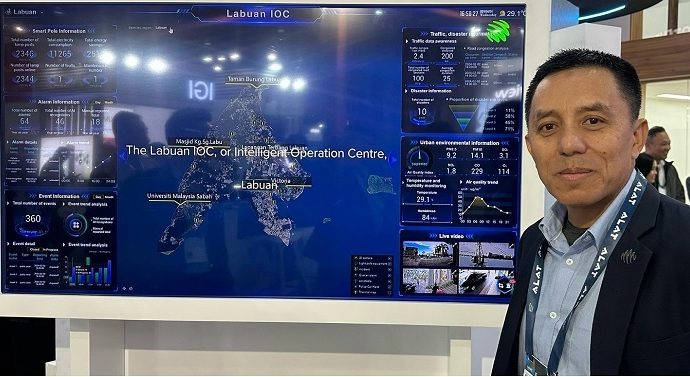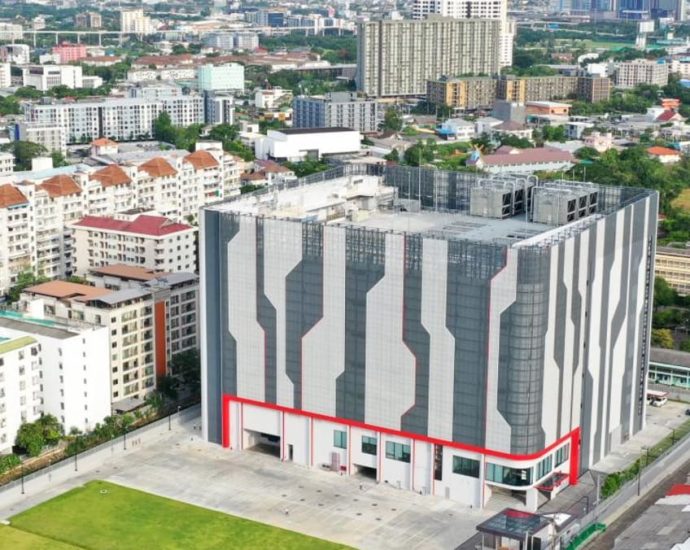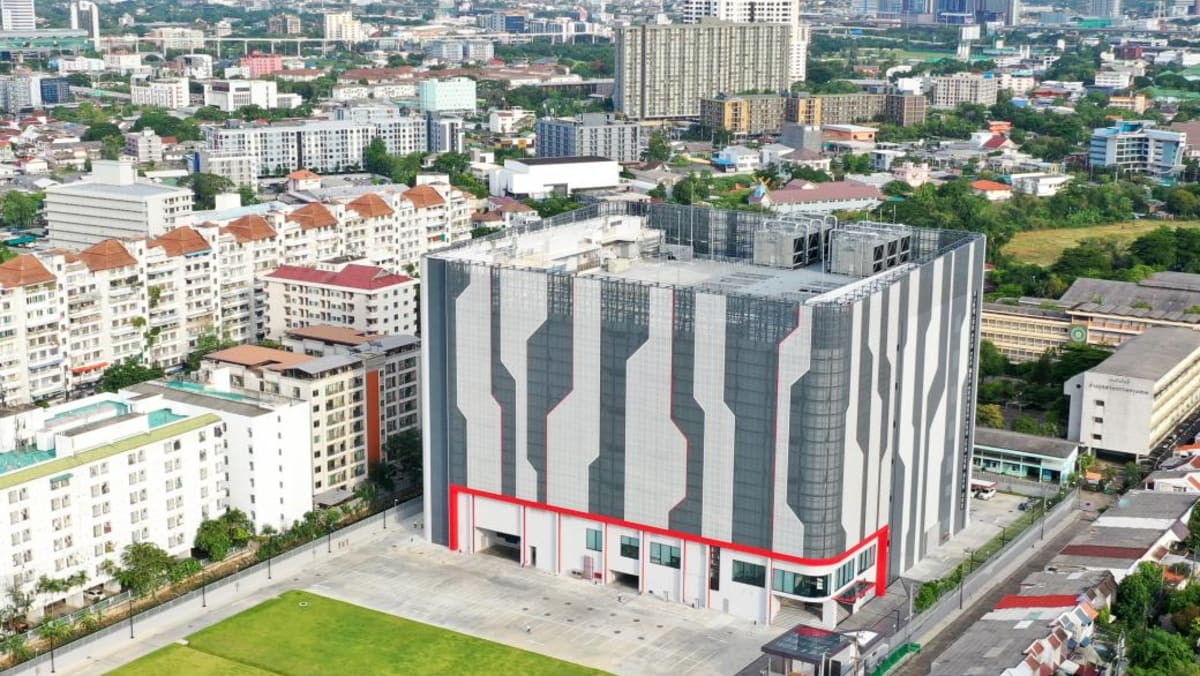Guiltless scorching sky: Balochistan’s unjust climate burden – Asia Times
In the vast, rugged expanse of southwestern Pakistan lies Balochistan, a province that stretches across nearly half of the country’s landmass yet remains home to only a fraction of its people.
While global debates on climate change often focus on industrial powerhouses like the US, China, and the European Union, the harsh realities faced by vulnerable regions such as Balochistan remain overlooked.
This arid, mineral-rich region, often overshadowed by political unrest and insurgency, now faces an equally formidable foe: climate change.
The irony is stark—while Balochistan bears the brunt of escalating environmental disasters, Pakistan as a whole contributes almost nothing to the global emissions driving this crisis.
This juxtaposition demands a closer look: How can a province so vulnerable to ecological collapse exist within a nation that leaves such a negligible carbon footprint?
Through a lens of recent developments, hard-hitting data, and critical analysis, it becomes clear that Balochistan’s plight is a microcosm of global inequity, where those least responsible for climate change suffer its harshest consequences.
Balochistan’s geography tells a story of extremes. Covering 44% of Pakistan’s territory, it is a land of towering mountains, sprawling deserts and a coastline along the Arabian Sea.
Yet, despite its size, the province is sparsely populated, with roughly 15 million residents (Projected Population for 2025: approximately 16.9 million), a mere 6% of Pakistan’s 250 million people.
This vastness, coupled with its arid climate, makes it inherently susceptible to environmental shifts. Droughts, once occasional visitors, have become frequent intruders since the turn of the millennium, parching the land and its people. Recent reports underscore this grim reality: water scarcity has intensified, leaving communities on the edge of survival.
Consider the numbers. Since 2000, drought frequency in Balochistan has surged, a trend that aligns with global warming’s exacerbation of dry spells in semi-arid zones. Unlike Punjab, where irrigation canals fed by the Indus River sustain agriculture, Balochistan relies heavily on erratic rainfall and dwindling groundwater.
Studies suggest that over 80% of the province’s water supply comes from sources vulnerable to climate variability—rain, seasonal streams, and aquifers depleted by overuse and under-replenishment.
The result? A province where farming, the backbone of rural livelihoods, teeters on the verge of collapse. In 2022 alone, drought conditions slashed crop yields by nearly 40% in some districts, pushing families into food insecurity and deepening poverty.
Then there’s the heat. Temperatures in Balochistan have climbed steadily, with summer highs now regularly exceeding 50°C (122°F) in areas like Sibi and Turbat. According to the Pakistan Meteorological Department (PMD) report, 2023 was one of the hottest years on record, with Turbat hitting a scorching 53.7°C.
These scorching conditions amplify evaporation rates, drying out what little water remains. Livestock, another pillar of the local economy, perish in droves during these heatwaves, their carcasses littering a landscape that can no longer sustain them.
A recent news piece highlighted how shepherds in the province lost half their herds in a single season, a loss they can ill afford in a region where development lags far behind the rest of Pakistan.
Balochistan’s vulnerability isn’t just a matter of geography—it’s a consequence of systemic neglect and inadequate adaptation. While the province faces some of the most severe climate impacts in Pakistan, its capacity to respond is crippled by underfunding and weak governance.
A special report from late March 2025 pointed to a glaring disconnect between Balochistan’s water policies and climate realities. Despite the province’s dire need for resilient infrastructure, think rainwater harvesting systems or drought-resistant crops, such initiatives remain woefully underfunded.
The report noted that while Punjab has seen pilot projects for climate-smart agriculture, like drip irrigation boosting water efficiency, Balochistan languishes with outdated methods ill-suited to a warming world.
This disparity is quantifiable. Pakistan’s federal budget allocates a fraction of its climate adaptation funds to Balochistan despite its outsized exposure to environmental risks.
In 2022, when devastating floods swept through the country, Balochistan bore a heavy toll of over 300 lives lost and thousands displaced. Yet, the province received less than 10% of the $10 billion pledged internationally for recovery, with most aid funneled to more populous regions.
Fast forward to 2025, and the pattern persists. Finance Minister Muhammad Aurangzeb recently lamented that only a third of those pledged funds ever materialized, leaving vulnerable areas like Balochistan to fend for themselves.
The human cost is staggering. Women in remote villages trek miles daily to fetch water from shrinking springs, a task made more grueling by rising temperatures and receding resources. Children drop out of school to help their families survive, their futures sacrificed to a crisis they did not create.
Meanwhile, glacier retreat in the northern reaches of Pakistan—a key water source for downstream Balochistan—threatens to unleash new disasters, like outburst floods and landslides.
The government’s launch of a Glacier Conservation Strategy in March 2025 is a step forward, but its focus on northern ecosystems does little for Balochistan’s immediate needs.
Contrast Balochistan’s suffering with Pakistan’s role in the climate change equation, and the injustice deepens. Pakistan is a featherweight in the arena of global emissions, contributing less than 1% of the world’s greenhouse gases.
In 2022, its per capita carbon footprint was a mere 0.9 metric tons, dwarfed by the United States’ 14.9 tons or China’s 8.7 tons. The country’s energy mix leans heavily on natural gas and hydropower, with coal still a smaller player compared to industrial giants.
This low contribution is not a fluke; it is a reflection of Pakistan’s economic reality. Unlike developed nations, where industrialization and consumerism drive emissions, Pakistan’s economy is agrarian and underdeveloped.
Balochistan epitomizes this: its vast mineral wealth—gas, coal, copper, gold—remains largely untapped or exploited by external players, not burned locally to fuel a carbon-intensive lifestyle. For instance, the projects like that of Saindak Metals and Rekodiq in Balochistan merit consideration.
The province’s people live simply, their energy use minimal, their emissions a rounding error in the global ledger. Yet, they pay a disproportionate price for a crisis fueled by distant smokestacks and tailpipes.
The 2025 Climate Risk Index, released by German-watch, ranked Pakistan as the most vulnerable country to climate change in 2022, a position cemented by floods, heatwaves and droughts.
Scientists attribute these erratic patterns to climate change, with the Intergovernmental Panel on Climate Change (IPCC) warning that South Asia will face more intense and unpredictable rainfall.
Balochistan’s fragile infrastructure, compounded by decades of underdevelopment, leaves it defenseless against such disasters. The province’s woes are a key driver of that ranking, yet Pakistan’s leaders can not point to their own actions as the cause.
At COP27, the country’s delegation, alongside allies like Bangladesh, fought for a Loss and Damage Fund to compensate nations like theirs, victims of a warming world they didn’t warm. The fund’s creation was a moral victory, but its slow rollout leaves Balochistan waiting, its people drowning in a deluge of consequences they didn’t sow.
Balochistan’s climate vulnerability doesn’t exist in a vacuum: it is tangled with the province’s long-standing political turmoil. The Baloch insurgency, fueled by grievances over resource exploitation and marginalization, has flared anew in 2025, with attacks like the Jaffar Express hijacking in March dominating headlines.
Separatist groups like the Balochistan Liberation Army (BLA) argue that Pakistan’s central government plunders the province’s riches while leaving its people in squalor. Climate change amplifies this narrative: as droughts and heatwaves devastate livelihoods, resentment festers, turning desperation into militancy.
Lack of focus by the government towards Balochistan’s climate resilience has further exacerbated the situation. Decades of excessive water extraction for agriculture, coupled with minimal recharge, have drained Balochistan’s aquifers.
There are thousands of unchecked tube wells that are extracting water at a lethal and devastating pace. A 2023 study by the International Water Management Institute (IWMI) found that Quetta’s water table is dropping by 3 meters annually, risking total depletion within a decade.
The province’s iconic Hanna Lake has shrunk by 40% since 2000, symbolizing the broader ecological collapse. Meanwhile, deforestation, driven by illegal logging, has reduced forest cover to a mere 2.5% of the province, accelerating desertification.
The loss of biodiversity threatens indigenous wildlife, including the endangered Balochistan bears, tigers, ibex’, fox’ and the iconic Chiltan & Takatu markhors.
Balochistan’s predicament is a clarion call for global accountability. If Pakistan contributes next to nothing to climate change, why should its most fragile province suffer so acutely?
The answer lies in the skewed dynamics of a world where industrialized nations, historically responsible for 79% of cumulative emissions, export their ecological debts to places like Balochistan.
United Nations Office for the Coordination of Humanitarian Affairs (OCHA) reports that over 60% of Balochistan’s population faces acute water shortages, pushing communities toward poverty and migration. The province’s droughts, heatwaves and water crises are not homegrown; they are the fallout of a global system that thrives on inequity.
Data backs this up. The top 10 emitting countries, led by China and the US, account for over 60% of annual greenhouse gases, while Pakistan’s share hovers below 0.8%. Yet, Balochistan’s climate vulnerability rivals that of small island states facing existential threats from rising seas.
The province’s carbon neutrality, its people emit almost nothing, offers no shield against a warming planet. This mismatch demands a rethink of climate justice, where responsibility aligns with impact, not just emissions.
Pakistan must also look inward. While it can not control global emissions, it can bolster Balochistan’s resilience. The government’s climate rhetoric, think “climate-smart policies” and glacier strategies, needs teeth.
Redirecting funds to water harvesting, solar-powered irrigation and reforestation could blunt the edge of drought and heat. Engaging Balochistan youth in these efforts, rather than letting them drift toward militancy, could turn a liability into an asset. Recent field trials in Punjab show promise—why not replicate them in Balochistan?
Globally, the Loss and Damage Fund must move from promise to practice, delivering aid to places like Balochistan before they’re lost to desertification or conflict.
Wealthy nations owe it to regions bearing their burden; Pakistan’s $10 billion flood pledge should be a floor, not a ceiling. Without this, Balochistan risks becoming a cautionary tale: a land punished for a crime it did not commit, in a nation that can not afford to save it.
The polluter pays principle demands that the industrialized nations must compensate vulnerable regions. However, climate financing remains inadequate. The $100 billion per year pledge by developed nations (2009 Copenhagen Accord) has never been fully met.
So far, Pakistan has just received $3.5 billion in climate aid since 2015—peanuts compared to its losses. As per the principle, global reparation is the need of the hour.
The US, EU and China must increase climate funding to vulnerable nations and regions like Balochistan. The Pakistani province needs drought-resistant crops, solar-powered desalination plants and reforestation programs. Also, Pakistan should prioritize climate-resilient infrastructure in Balochistan, not just urban centers.
For the sake of argument, Balochistan stands at a precipice, its vulnerability to climate change a stark reminder of nature’s indifference to human borders. Droughts parch its soil, heat scorches its people and water slips through its fingers—all while Pakistan’s contribution to the crisis remains at a statistical blip.
The province’s 15 million residents, living on the edge of survival, embody a profound injustice – they suffer not for their own actions, but for the excesses of a world far beyond their reach. Recent news, from funding shortfalls to the rise of insurgency, only sharpens this truth.
This is not just Balochistan’s story; it’s a global one. As long as the nations most responsible for climate change shirk their duties, provinces like Balochistan will pay the price.
Pakistan’s negligible emissions do not absolve the world of its obligations, nor do they spare Balochistan its fate. Action, both local and global, is the only antidote to a crisis that threatens to swallow a region whole.
Without it, Balochistan’s cries will echo unanswered, a testament to a world that failed to balance the scales.

























